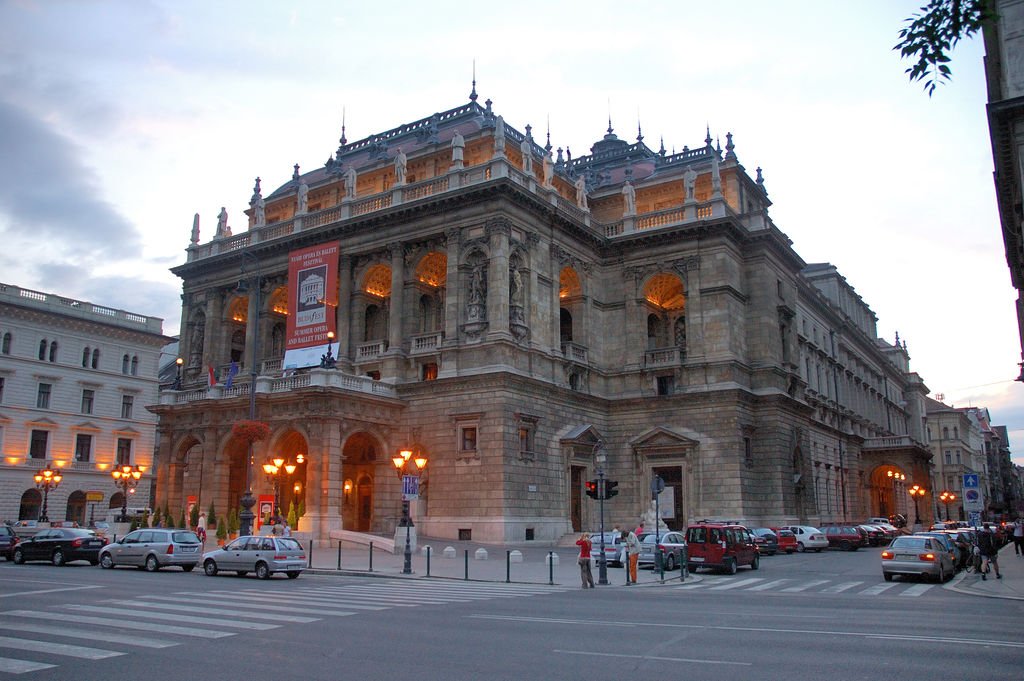Brutalist Budapest: The Film (Coming Soon)
zita kisgergely
via the Hotel Budapest FB page
Here’s some inside information from the backend of this blog: our most viewed post is not about Timothée Chalamet, nor is it about Blade Runner 2049, or Budapest’s luxurious thermal baths, but about the oft-maligned ‘brutalist’ style of architecture popularized in the middle part of last century, and identified with the then reigning Socialist regime.
Despite its unfortunate connotations and unsubtle appearance, Brutalism has a forcefulness and purpose behind its forms that has attracted an increasingly broad international fanbase. And Budapest — while not in league with cities like Moscow or Bucharest for examples of the style — has its share of Brutalist architecture.
This is all a lengthy preamble to announce that heretically Hungarian actor Adrian Brody is in Budapest shooting a film entitled The Brutalist, which follows a Jewish Hungarian architect who flees his Central European homeland during World War II to make a new home in America. IMDb gives us the ‘elevator pitch,’ as such: When visionary architect László Toth and his wife Erzsébet flee post-war Europe in 1947 to rebuild their legacy and witness the birth of modern America, their lives are changed forever by a mysterious and wealthy client.
According to the site Budapest Reporter: Written by Brady Corbet and Mona Fastvold and directed by Brady Corbet, “The Brutalist” is not just a film about the uncompromising vision of an artist and the rebuilding of a nation by a generation of immigrants; it is also a powerful love story about a couple struggling to protect themselves against a patron whose dark influence threatens to destroy everything they have built.
How much this has to do with the actual style of Brutalism is still unknown. And only time will tell if this post brings in the readers Brutal Budapest, or if The Brutalist film attracts the dedicated audience the school of Brutalist architecture did. Until then, enjoy this post and all posts about the great architecture Budapest has to offer, from Secessionist to Art Deco and beyond. Below find a decidedly un-Brutalist example.
Budapest’s Chain Bridge vy Wilfredor - Own work, CC0, via Wikipedia Commons
Flatpack Films has many years of experience dedicated to offering expert servicing. It has brought the best of Hungary to countless brands, agencies, and production companies through its unique locations, exceptionally skilled crews, top of the line equipment and technical solutions. Backed by an impeccable track record, Flatpack Films has worked with world-class clients including Samsung, Samsonite, Toyota, Braun, Chivas Regal and many more - bringing their projects to life through a highly bespoke approach.









































